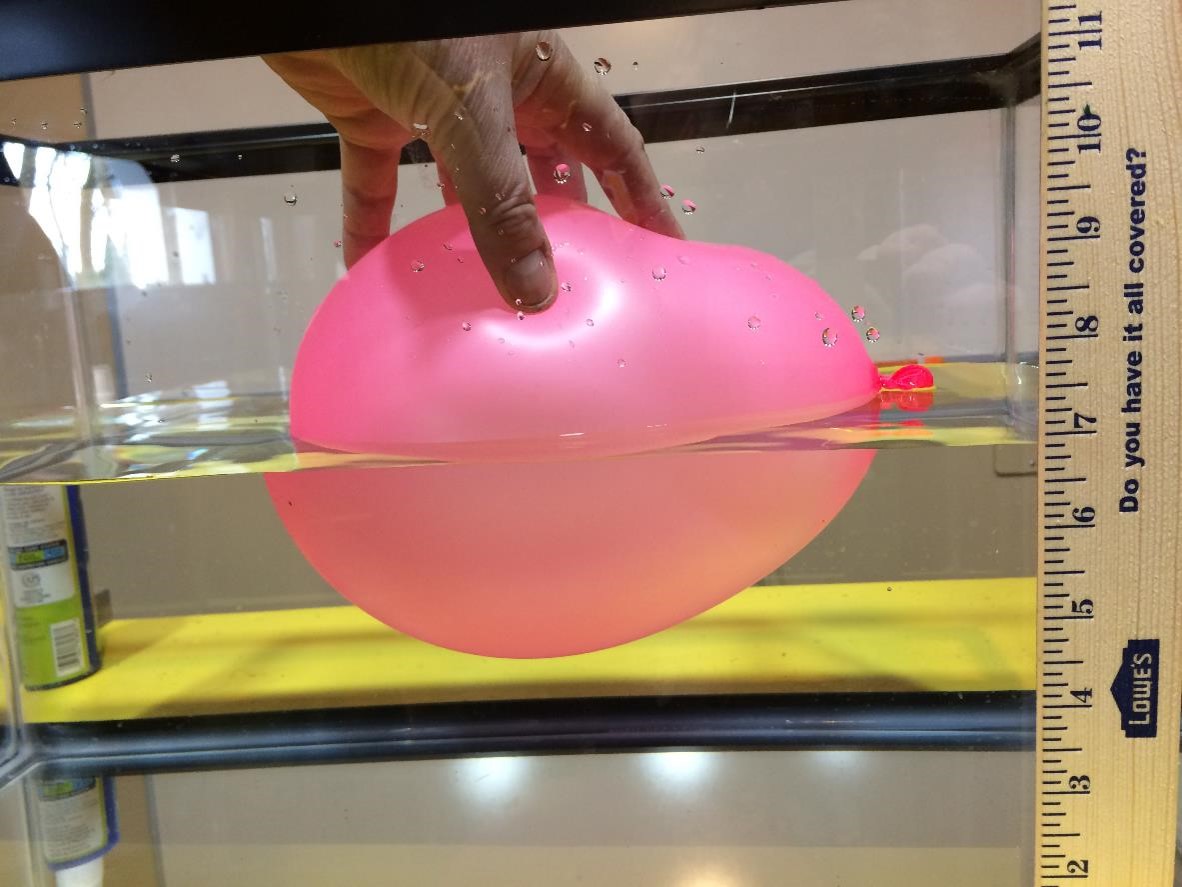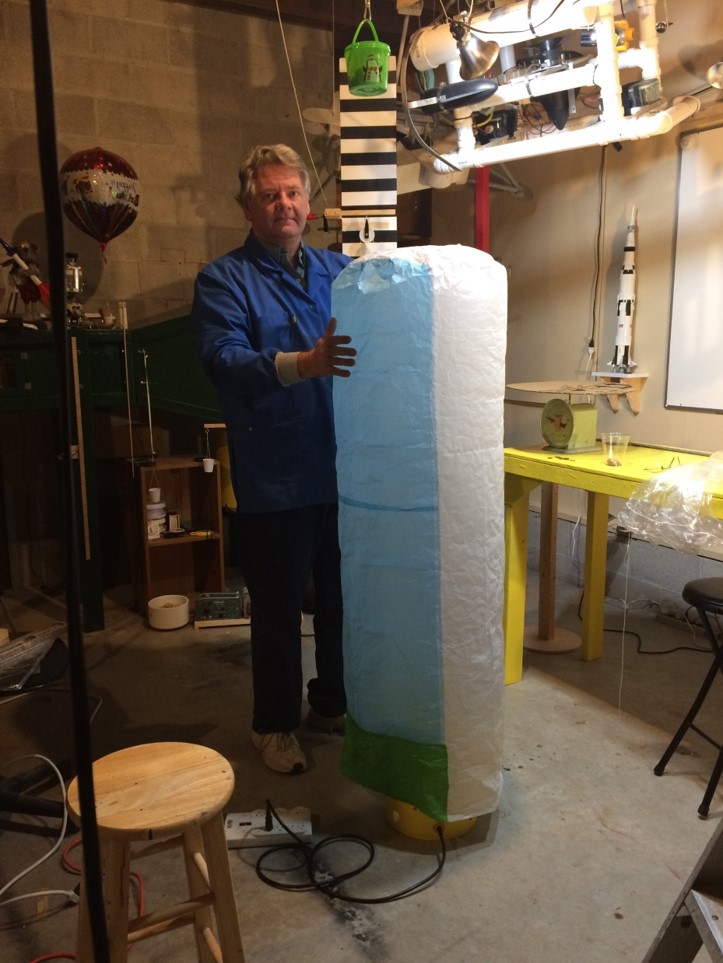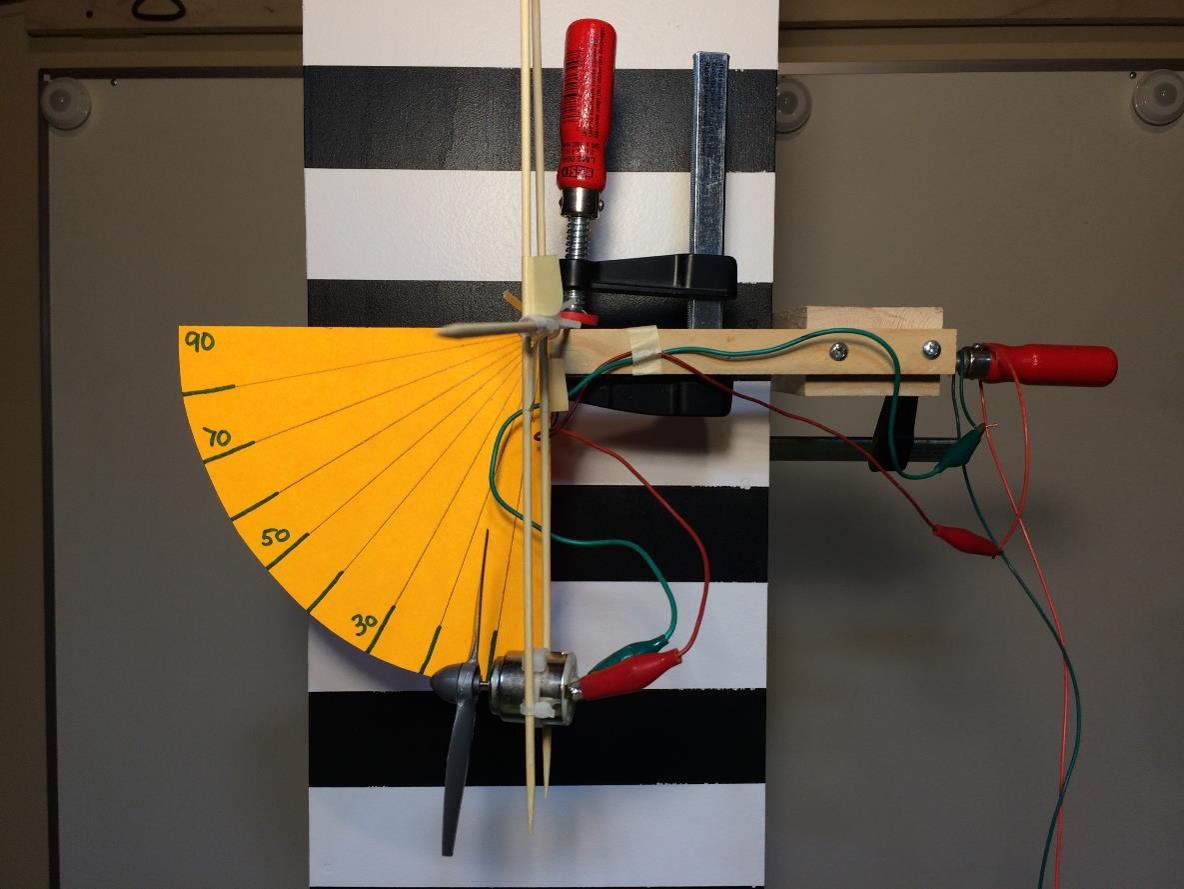Welcome to LabRat Scientific - A STEM Resource for Teachers, Home School Providers, and Students
NAVAGATING THE WEBSITE:
- Click on the desired Content Topic on the left-hand side of the screen.
- On new page, find the desired Content Module. (scoll up/down if necessary)
- Click on the desired Content Bullets (PowerPoint, Spreadsheets, Videos, etc) to access the content.
- Other interesting links can be accessed by clicking navigation buttons on the right-hand side of the screen.
- Make sure your Brouser Data is cleared periodically to ensure you are seeing the latest versions of the LabRat web pages...
LATEST ADDITIONS:
- I hope to be producing new content in the coming months... (6/30/20)
PURPOSE:
LabRat modules are primarily intended to serve as teaching aides for teachers in the classroom. The content is geared towards high school students, but in many cases the basic concepts should also be applicable to middle school curriculums or even early university-level classes. Individual students should also find the content to be a useful tool for developing a better understanding of scientific and engineering concepts. The experiments and demonstrations are based on low-cost equipment and materials so that teachers and students can re-create them on their own in order to build an even stronger understanding of the concepts. Home school parents and students should also find LabRat Scientific to be a useful resource...
GOAL:
It is my goal to get students of all ages to observe the world around them and question how things work. Through interesting classroom content and simple experiments I hope to help students build an appreciation for, and a deeper understanding of science and math. I also hope to help teachers develop new and interesting lessons for the classroom. LabRat Scientific provides experiment videos, PowerPoint classroom lecture materials, practice problems, and how-to content that can be used by teachers. This content can be used "as is" in the classroom or it can provide background information that can help teachers develop their own material.
Click HERE to watch an introductory video.
CONTENT FORMAT:
Most of my STEM content is provided as downloadable spreadsheets, PowerPoint presentations, and videos. The PowerPoint lessons are best watched in the slide-show mode since many of the slides are dynamic. These products are ready to be used in the classroom, however minimal tweaking is permissible in order to make it more applicable to specific classroom needs. Teachers can save these materials on their computers and use them in the classroom, but please remember that the material is subject to copywrite laws so distribution beyond the classroom environment is not permitted. My website is scanned for malware on a daily basis by GoDaddy...



MY PHILOSOPHY:
Today there are a lot of impressive tools available to students and engineers to help them get their work done or assist with projects. Unfortunately many of these tools mask the basic math and physics concepts that are needed to make them work. I call this the "black box" syndrome... Plug in some numbers, then the black box spits out an answer. Is the answer right? Does the answer make sense? Are you the victim of "junk in and junk out"? I am a firm believer that students should graduate with the skills to be effective "tool developers" rather than just "tool users".
For example, college engineering students utilize a powerful engineering analysis tool, but how it calculates the accelerations on a mass (for example) are totally transparent to the students. When I was in engineering school, we had to research the physics, apply proper math and then write the simulation code ourselves. Not only did we need to know the physics and math, we had to know how to write computer programs. Now, I know this makes me sound like an old geaser, but I still see great value in being able to build things from the foundation up... I think it made me a better engineer!
As an engineer, it may not be practical to whip out a computer to make a quick calculation, but if the basic concepts are well understood, the solution might literally be in the palm of your hand... As an example, while checking out the sights from a tall observation tower a few years back, a young cousin wondered how long it would take a penny to hit the ground. On the elevator ride up the tower I pulled out a pen and performed some simple calculus on acceleration due to gravity, adjusted a little to compensate for drag, and then gave him an answer. He commenced to conduct an unauthorized "spit test" (better than using a penny I guess), and his results were a pretty good match. While he was impressed with the ability to predict the fall using math, the feat was not exactly an earth-shattering event. However, it demonstrates the power of understanding the basics...
I believe that students should really understand the underlying fundamental physics and math, and they should understand that those concepts can be proven using relatively simple experiments. They should understand that even the most complex problems can be solved by applying the most basic concepts. After all, a 6-degree of freedom rocket simulation is really just applying F = ma in three directions, and alpha = torque/rotational inertia around the roll, pitch, and yaw axes...
THE LabRat DIFFERENCE:
There is a lot of STEM content on the web, and much of it is very good. However, much of it is intended as "entertainment" or there is weak connection between the science, math, and real-world experiments. More sophisticated sites may have excellent content, but it often is offered at cost prohibitive prices that can put it out of reach for teachers and especially students.
The experiments conducted as part of LabRat content relies on only the most basic tools and equipment, which should be available to most students and teachers. The tools are generally no farther away than the local home improvement or hardware store. On occassion I will use some equipment that is a little more advanced, but I avoid using technologies that are beyond the intellectual and financial capabilities of the general science enthusiast.
As you brouse my content you will notice that most lessons include a short experiment video, a short instructional video, and a more detailed explanation of the scientific material (usually in the form of a PowerPoint presentation).